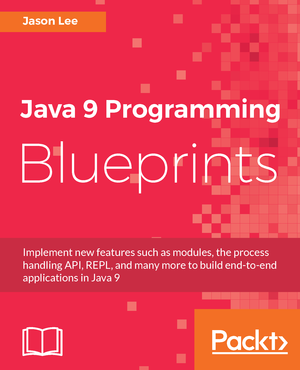{#asciidoc} = GlassFish Administration: The REST of the Story Part II - Deploying Apps Using Scala Jason Lee 2010-12-17
In a previous post (far too long ago :), I began showing off the RESTful administration API in GlassFish v3. In GlassFish Administration: The REST of the Story Part I, I showed the basics of the API, what to send, what you get back, etc. In this post, I want to show a practical use of the API, namely, deploying an application, and this time, for no particular reason other than I’m trying to learn the language, we’ll do it in Scala.
 My name is Jason Lee. I am a software developer living in the middle of Oklahoma. I’ve been a professional developer since 1997,
using a variety of languages, including Java, Javascript, PHP, Python, Delphi, and even a bit of C#. I currently work for Red Hat
on the WildFly/EAP team, where, among other things, I maintain integrations for some MicroProfile specs, OpenTelemetry, Micrometer,
Jakarta Faces, and Bean Validation. (Full resume
My name is Jason Lee. I am a software developer living in the middle of Oklahoma. I’ve been a professional developer since 1997,
using a variety of languages, including Java, Javascript, PHP, Python, Delphi, and even a bit of C#. I currently work for Red Hat
on the WildFly/EAP team, where, among other things, I maintain integrations for some MicroProfile specs, OpenTelemetry, Micrometer,
Jakarta Faces, and Bean Validation. (Full resume 